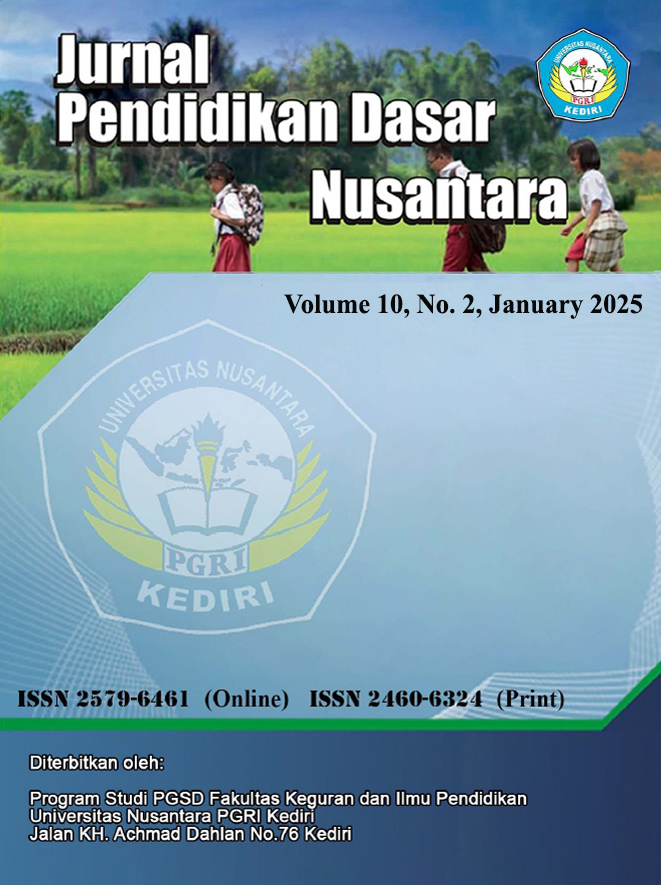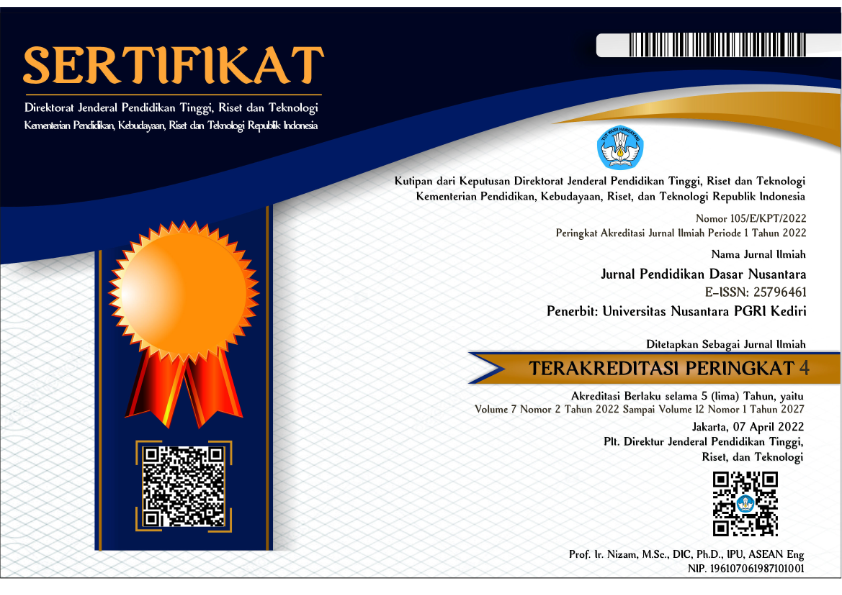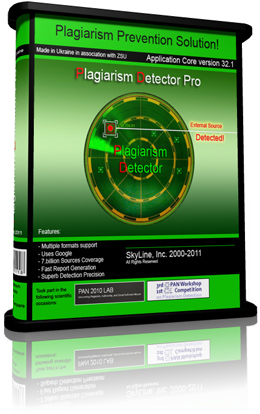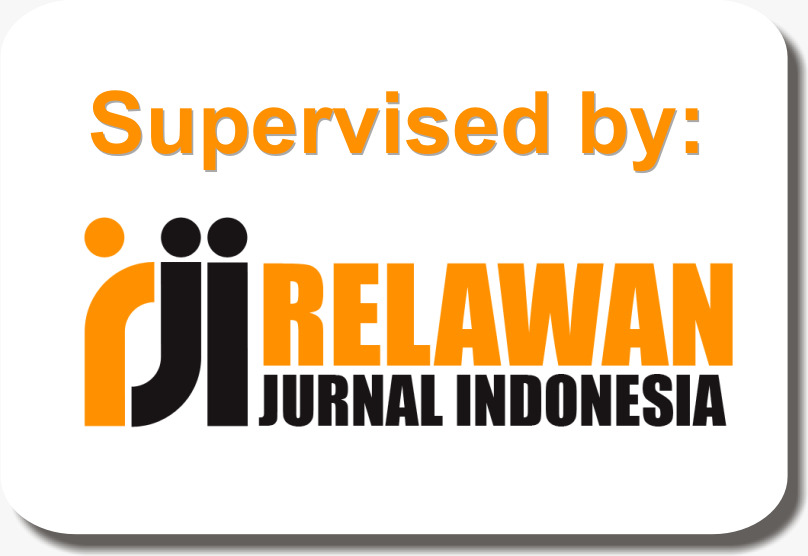Development of an Identification Instrument for Dyscalculia in Early Childhood (Ages 4-6): A Dichotomous Model Three Parameters Logistic Approach in Item Response Theory
DOI:
https://doi.org/10.29407/jpdn.v10i2.24794Keywords:
Dyscalculia,, Early Childhood, Item Response Theory, Identification InstrumentAbstract
This study aims to develop and validate an identification instrument for dyscalculia in early childhood (ages 4-6) using the Dichotomous Model Three Parameters Logistic approach within Item Response Theory (IRT). The research was conducted in two stages. The first stage involved determining dyscalculia indicators in early childhood through a literature review and focus group discussions (FGD) with special education experts. The outcome of this stage was the identification of specific indicators that served as the foundation for developing the instrument's blueprint. The second stage focused on the development and validation of the instrument, which consisted of dichotomous question items in accordance with the chosen IRT model. The instrument validation was carried out by involving experts in early childhood education and special education. The research results showed that the developed instrument has good content validity and can be used as a tool to identify dyscalculia in early childhood. This instrument is expected to assist educators and psychologists in the early detection of children with dyscalculia, enabling earlier intervention.
Downloads
References
Afiati, N. S., & Azwar, S. (2016). Rekonstruksi Alat Skrining Diskalkulia untuk Siswa Sekolah Dasar. Gadjah Mada Journal Of Professional Psychology, 2(1), 1–14.
Amelia, R. N., & Kriswantoro, K. (2017). Implementation of Item Response Theory for Analysis of Test Items Quality and Students’ Ability in Chemistry. JKPK (Jurnal Kimia Dan Pendidikan Kimia), 2(1), 1. https://doi.org/10.20961/jkpk.v2i1.8512
Baccaglini-Frank, A., & Di Martino, P. (2019). Mathematical Learning Difficulties and Dyscalculia. In Encyclopedia of Mathematics Education (pp. 1–5). Springer International Publishing. https://doi.org/10.1007/978-3-319-77487-9_100018-1
Chinn, & Steve. (2015). The Routledge International Handbook of Dyscalculia and Mathematical Learning Difficulties (1st ed.). Routledge.
DeMars, C. (2010). Item Response Theory: Understanding Statistics Measurement. Oxford University Press Inc.
Embretson, S. E. ., & Reise, S. P. . (2013). Item Response Theory. Taylor and Francis.
Geary, D. C. (2006). Dyscalculia at an Early Age: Characteristics and Potential Influence on Socio-Emotional Development Evolution of sex differences in trait-and age-specific vulnerabilities View project Interventions for children with mathematical learning difficulties View project. https://www.researchgate.net/publication/253169419
Hambleton, R. K., & Swaminathan, H. (1985). Item Response Theory: Principles and Applications. In Applied Psychological Measurement (Vol. 9, Issue 3). Springer Science+Business Media. https://doi.org/10.1177/014662168500900315
Khawarizmi, A., Pendidikan dan Pembelajaran Matematika, J., & Azhari, B. (2017). Identifikasi Gangguan Belajar Dyscalculia Pada Siswa Madrasah Ibtidaiyah. Al Khawarizmi, 1(1).
Peters, L., Bulthé, J., Daniels, N., Op de Beeck, H., & De Smedt, B. (2018). Dyscalculia and dyslexia: Different behavioral, yet similar brain activity profiles during arithmetic. NeuroImage: Clinical, 18. https://doi.org/10.1016/j.nicl.2018.03.003
Shalev, R. S., & von Aster, M. G. (2008). Identifcation, classification, and prevalence of development dyscalculia. Encyclopedia of Language and Literacy Development.
Sudaryanto, M., Saddhono, K., & Lina. (2020). Applying Item Responses Theory for Measuring Student’S Ability in Academic Speaking. Humanities & Social Sciences Reviews, 8(2), 305–312. https://doi.org/10.18510/hssr.2020.8234
Wu, M., & Adams, R. J. (2006). Modelling mathematics problem solving item responses using a multidimensional IRT model. Mathematics Education Research Journal, 18(2), 93–113. https://doi.org/10.1007/BF03217438
Downloads
Published
Issue
Section
License
Copyright (c) 2025 Indra Praja Kusumah, M. Kusuma Wardhani (Author)

This work is licensed under a Creative Commons Attribution-ShareAlike 4.0 International License.
Authors who publish with this journal agree to the following terms:
- Copyright on any article is retained by the author(s).
- The author grants the journal, the right of first publication with the work simultaneously licensed under a Creative Commons Attribution License that allows others to share the work with an acknowledgment of the work’s authorship and initial publication in this journal.
- Authors are able to enter into separate, additional contractual arrangements for the non-exclusive distribution of the journal’s published version of the work (e.g., post it to an institutional repository or publish it in a book), with an acknowledgment of its initial publication in this journal.
- Authors are permitted and encouraged to post their work online (e.g., in institutional repositories or on their website) prior to and during the submission process, as it can lead to productive exchanges, as well as earlier and greater citation of published work.
- The article and any associated published material is distributed under the Creative Commons Attribution-ShareAlike 4.0 International License
































